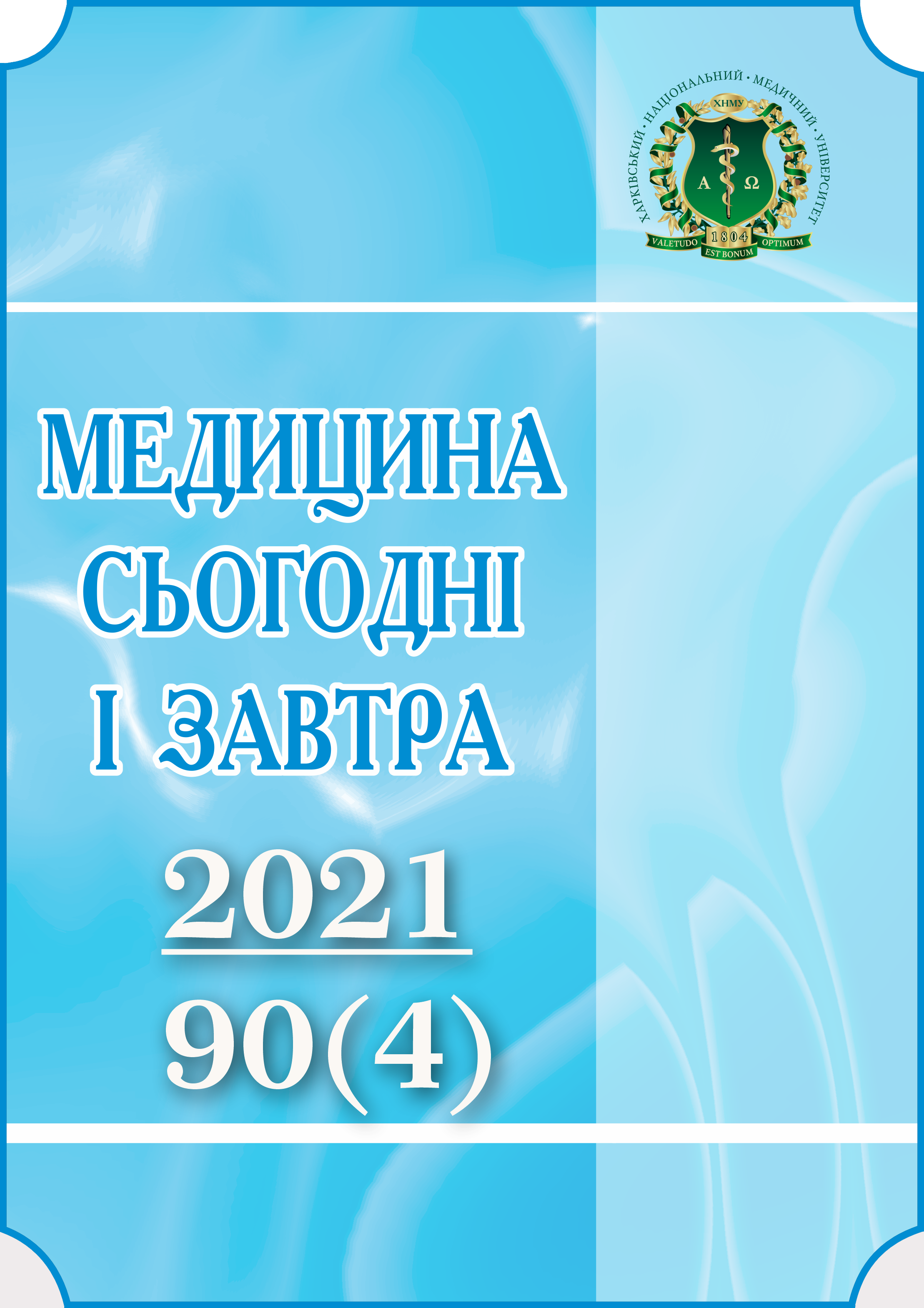Abstract
In the practice of doctors of many specialties, immunohistochemical research methods are widely used. The aim of our work was to determine the combined effect of alcohol abuse and HIV infection on the immunohistochemical parameters of fallopian tube receptors. We have studied sectional material obtained from 100 women of reproductive age (from 20 to 40 years). The received materials were divided into 4 groups. The first group consisted of sectional material of 25 women who had confirmed HIV infection. The second group included sectional material of 25 women suffering from chronic alcoholism. The third group consisted of a sectional material of 25 women in whom HIV infection was combined with alcoholism. The fourth (control) group included sectional material of 25 women without HIV infection and alcoholism. The result of the study shows that the balance between the processes of apoptosis and anti-apoptosis is disturbed in all three studied groups, while the phenomena of apoptosis prevail in the group of people suffering from alcoholism. At the same time, the processes of anti-apoptosis are most suppressed in HIV-infected women. The processes of stress restructuring of the fallopian tube were most pronounced in the group of women who abused alcohol. We concluded that the combined effect of alcohol abuse and HIV infection leads to a significant change in the immunohistochemical parameters of the fallopian tube tissue receptors.
Keywords: chronic alcoholism, HIV infection, fallopian tube.
References
Koff WC. HIV vaccine development: challenges and opportunities towards solving the HIV vaccine-neutralizing antibody problem. Vaccine. 2012;30(29):4310-5. DOI: 10.1016/j.vaccine.2011.11.014. PMID: 22100891.
Hamarsheh O. HIV/AIDS in Palestine: A growing concern. Int J Infect Dis. 2020;90:18-20. DOI: 10.1016/j.ijid.2019.10.019. PMID: 31648004.
Tomar RH. Breaking the asymptomatic phase of HIV-1 infection. J Clin Lab Anal. 1994;8(2):116-9. DOI: 10.1002/jcla.1860080210. PMID: 7910637.
Feroze KB, Gulick PG. HIV Retinopathy. [Updated 2022 Jul 19]. In: StatPearls [Internet]. Treasure Island (FL): StatPearls Publishing; 2022. Available at: https://www.ncbi.nlm.nih.gov/books/NBK470530
Shenoy N, Ramapuram JT, Shenoy A, Ahmed J, Srikant N. Incidence of Opportunistic Infections among HIV-Positive Adults on Highly Active Antiretroviral Therapy in a Teaching Hospital, India: Prospective Study. J Int Assoc Provid AIDS Care. 2017;16(3):309-11. DOI: 10.1177/2325957416686192. PMID: 28050923.
Duerr JS. Immunohistochemistry. WormBook. 2006:1-61. DOI: 10.1895/wormbook.1.105.1. PMID: 18050446.
Espert L, Denizot M, Grimaldi M, Robert-Hebmann V, Gay B, Varbanov M, et al. Autophagy and CD4+ T lymphocyte destruction by HIV-1. Autophagy. 2007;3(1):32-4. DOI: 10.4161/auto.3275. PMID: 17012832.
Petrova MI, van den Broek M, Balzarini J, Vanderleyden J, Lebeer S. Vaginal microbiota and its role in HIV transmission and infection. FEMS Microbiol Rev. 2013;37(5):762-92. DOI: 10.1111/1574-6976.12029. PMID: 23789590.
Wolf M, Marciniak J, Lossdorfer S, Kirschneck C, Brauner I, Gotz W, Jager A. Role of HSP70 protein in human periodontal ligament cell function and physiology. Ann Anat. 2019;221:76-83. DOI: 10.1016/j.aanat.2018.09.006. PMID: 30253189.
Hwang KT, Kim YA, Kim J, Oh HJ, Park JH, Choi IS, et al. Prognostic influences of BCL1 and BCL2 expression on disease-free survival in breast cancer. Sci Rep. 2021;11(1):11942. DOI: 10.1038/s41598-021-90506-x. PMID: 34099764.
Bakhshi S, Gupta A, Sharma MC, Khan SA, Rastogi S. Her-2/neu, p-53, and their coexpression in osteosarcoma. J Pediatr Hematol Oncol. 2009;31(4):245-51. DOI: 10.1097/MPH.0b013e318197947e. PMID: 19346874.
Ferrari S, Bertoni F, Zanella L, Setola E, Bacchini P, Alberghini M, et al. Evaluation of P-glycoprotein, HER-2/ErbB-2, p53, and Bcl-2 in primary tumor and metachronous lung metastases in patients with high-grade osteosarcoma. Cancer. 2004;100(9):1936-42. DOI: 10.1002/cncr.20151. PMID: 15112275.
Gargin V, Radutny R, Titova G, Bibik D, Kirichenko A, Bazhenov O. Application of the computer vision system for evaluation of pathomorphological images. 2020 IEEE 40th International Conference on Electronics and Nanotechnology, ELNANO 2020 ‒ Proceedings. 2020:469-73. DOI: 10.1109/ELNANO50318.2020.9088898.
Lytvynenko M, Bondarenko A, Gargin V. The effect of alcohol on ovarian state in HIV-infected women. Azerbaijan Med J. 2021;(1):61-8. DOI: 10.34921/amj.2021.1.008.
Lytvynenko M, Shkolnikov V, Bocharova T, Sychova L, Gargin V. Peculiarities of proliferative activity of cervical squamous cancer in HIV infection. Georgian Med News. 2017;(270):10-5. PMID: 28972476.

